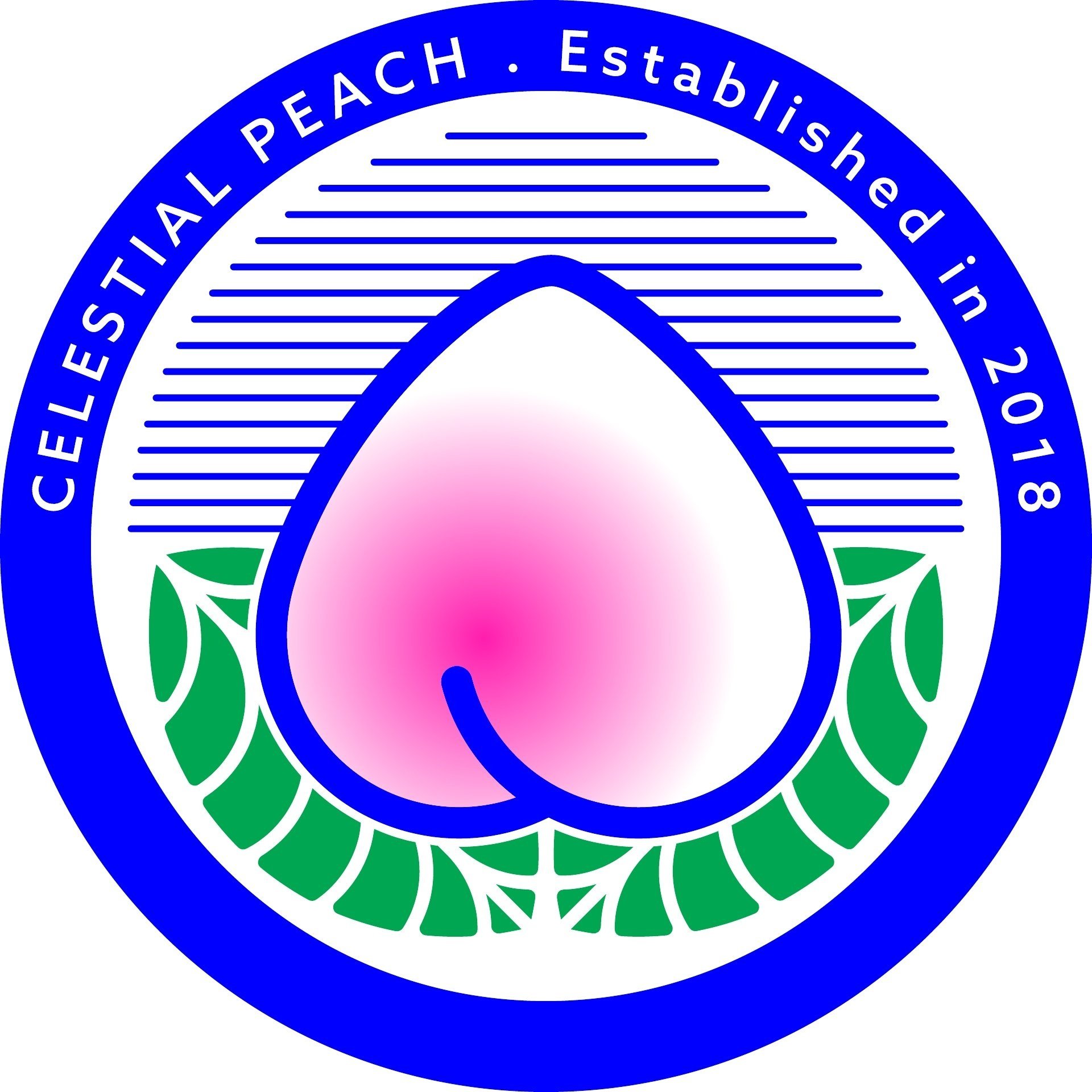Chinese Vegan Guide to Tempeh
Not technically Chinese — the funky cousin of tofu.
I came to tempeh quite late, about a few years ago when I started my plant–based journey. You see, it’s not typically found in classical Chinese cuisine — though you might find it incorporated into diaspora Chinese cooking in warmer climes. The reason is simply geographical. Tempeh is a soy product that is easily produced through fermentation in humid tropical climates such as Indonesia’s, where it originates. Its origin story is interesting in that it can be traced back to Chinese immigrants who introduced tofu–making to Java in the 17th century. As with many fermented foods, tempeh was the tasty result of tofu’s accidental encounter with some fungus spores and the rest is — as they say — history.
It does make me admire the versatility of the soybean, indisputably one of the most important crops in Chinese history, and muse on how many more reincarnations there could be.
I’m very pleased that there is more mainstream awareness of tempeh in the UK, along with the rise of the vegan lifestyle. There are a few brands doing tempeh, such as Planet Organic, Tofurky, Biona and Plant Power. Ideally I would make my own but it’s a bit tricky, since you need to incubate it at around 25℃ and that would require some faff and specialist equipment here in the UK. Luckily, all the good Asian supermarkets near me sell frozen tempeh at around £2 per 500g block. Pretty good value, and it means I can cook it how I like!
In many cases I prefer tempeh to tofu (read my Chinese Vegan 101 Guide to Tofu here). Its firm texture and slightly nutty flavour lend to fake meat experiments (for those moments I crave meat). It works really well in all types of recipes, but especially Chinese ones.
Benefits
High protein to calorie ratio (around 200kcal and up to 20g protein per 100g)
Rich in probiotics due to fermented nature
Vegan source of calcium, iron and other minerals e.g. vitamin K, D, B vitamins
Tips
Tempeh’s low water content makes it suitable for freezing, unlike tofu whose texture may change once defrosted. Pre-slice tempeh before freezing so you only need to take out the right sized portion.
If you do want to try your hand at making your own tempeh, visit Cultures for Health for a comprehensive guide.
Tempeh can sometimes taste a little acrid. It helps to steam it for a few minutes before cooking.
Healthy vegan recipes
Tempeh ‘bacon’ (simpleveganblog.com)
Kung pao tempeh (helloveggie.co)
Indonesian gado gado salad with tempeh (lazycatkitchen.com)
Kroeung tempeh, steamed tempeh and Cambodian curry paste in banana leaves (messyvegancook.com)
Further reading
Journey to ‘Tempeh Village’ in Java, Indonesia (npr.org)







